Listen on any of the following: Apple Podcasts | Spotify | Overcast | Stitcher | YouTube | Download as an MP3
Dr. Ashu Goyle – (IG: @drashugoyle, YT: @drashugoyle, FB: @ispwscottsdale) is the Founder and Operator of Integrated Spine, Pain, and Wellness (ISPW) in Scottsdale, Arizona. At ISPW, Dr. Goyle delivers effective, non-narcotic health solutions that alleviate the pain and suffering that is prohibiting you from living your best life.
A double board-certified, fellowship-trained anesthesiologist and interventional pain specialist, Dr. Goyle is committed to hearing you, understanding you and treating the whole body so you can experience life to the fullest. ISPW provides multiple conservative and interventional treatment modalities to alleviate pain caused by injury, genetics, age and lifestyle factors and to improve aspects related to your physical, emotional and mental health. Graduating from Ohio University, Dr. Goyle received is Doctor of Osteopathic Medicine degree. He then went on to complete his residency and fellowship at Cleveland Clinic. He moved to Phoenix, Arizona in 2008 and worked at Valley Pain Consultants until 2021, before opening Integrated Spine, Pain, and Wellness. If you’re interested in an eBook copy of Dr. Goyles ‘Pain and Survival Guide’ CLICK HERE.
Affiliates:
Books by Rande Somma Why Do We Call Them Leaders?: https://amzn.to/3VIhDI6 Leadersh!t: https://amzn.to/3VY4zib The Stack System is the ultimate device to use when looking to biohack your swing speed. Co-developed by ‘The Savant of Speed’ – Dr. Sasho MacKenzie, and PING engineer Marty Jertsen, it is a device that every golfer can utilize to increase their swing speed. The Stack System uses AI to ensure that your development is as efficient as possible. To order The Stack you can do so on their website at www.thestacksystem.com. Be sure to use the discount code GOLF360 to receive your special discount. Payntr Golf Shoes - Performance Multiplied - not just a marketing tagline for the brand, it’s foundational in everything we do. Inspired by creating new, solution based, crafted product, our design methodology is deeply grounded in the biomechanics of the golf swing and an understanding of the on-course needs of the golfer. By blending informed style and true performance enhancing benefit, PAYNTR Golf is well positioned to become the innovative product alternative for the passionate golfer. Be sure to use discount code GOLF360 at checkout
More Great Doctors on the GOLF 360 Podcast
0 Comments
Listen on any of the following: Apple Podcasts | Spotify | Overcast | Stitcher | YouTube | Download as an MP3
Bernie Najar – (IG: @bernienajargolf, X: @BernieNajarGolf, YT: @BernieNajarGolf) is the Director of Instruction at Caves Valley Golf Club in Ownings Mill, Maryland and one of the best coaches in the world. He has taught everyone from beginners to tour professionals, juniors to World Long Drive Champions. Bernie has an unparalleled knowledge of the golf swing as well as a fantastic understanding of people, both allow him to help such a wide range of students.
Bernie is also the author of the book ‘The Game’ as well as writing numerous articles for ‘GOLF’ magazine and ‘Golf Digest
Affiliates:
Books by Rande Somma Why Do We Call Them Leaders?: https://amzn.to/3VIhDI6 Leadersh!t: https://amzn.to/3VY4zib The Stack System is the ultimate device to use when looking to biohack your swing speed. Co-developed by ‘The Savant of Speed’ – Dr. Sasho MacKenzie, and PING engineer Marty Jertsen, it is a device that every golfer can utilize to increase their swing speed. The Stack System uses AI to ensure that your development is as efficient as possible. To order The Stack you can do so on their website at www.thestacksystem.com. Be sure to use the discount code GOLF360 to receive your special discount. Payntr Golf Shoes - Performance Multiplied - not just a marketing tagline for the brand, it’s foundational in everything we do. Inspired by creating new, solution based, crafted product, our design methodology is deeply grounded in the biomechanics of the golf swing and an understanding of the on-course needs of the golfer. By blending informed style and true performance enhancing benefit, PAYNTR Golf is well positioned to become the innovative product alternative for the passionate golfer. Be sure to use discount code GOLF360 at checkout
More Great Coaches on the GOLF 360 Podcast
Listen on any of the following: Apple Podcasts | Spotify | Overcast | Stitcher | YouTube | Download as an MP3
Colin Rigney- PT, DPT – (IG: @advan_msk, YT: @advancedmskultrasoundcenter3319, Linkdin) is the Co-Director of Education for Advanced Musculoskeletal Ultrasound Center in Phoenix, Arizona. He is also an educator and world leader in the use of Musculoskeletal Ultrasound which allows him to see things that may be causing your pain issue, that others are unable to identify. Musculoskeletal Ultrasound may not yet be the go-to method for diagnosing your issue, but it is quickly becoming more utilized due to experts like Colin and the great work they do.
Affiliates:
Books by Rande Somma Why Do We Call Them Leaders?: https://amzn.to/3VIhDI6 Leadersh!t: https://amzn.to/3VY4zib The Stack System is the ultimate device to use when looking to biohack your swing speed. Co-developed by ‘The Savant of Speed’ – Dr. Sasho MacKenzie, and PING engineer Marty Jertsen, it is a device that every golfer can utilize to increase their swing speed. The Stack System uses AI to ensure that your development is as efficient as possible. To order The Stack you can do so on their website at www.thestacksystem.com. Be sure to use the discount code GOLF360 to receive your special discount. Payntr Golf Shoes - Performance Multiplied - not just a marketing tagline for the brand, it’s foundational in everything we do. Inspired by creating new, solution based, crafted product, our design methodology is deeply grounded in the biomechanics of the golf swing and an understanding of the on-course needs of the golfer. By blending informed style and true performance enhancing benefit, PAYNTR Golf is well positioned to become the innovative product alternative for the passionate golfer. Be sure to use discount code GOLF360 at checkout
More Therapy & Health Episodes on the GOLF 360 Podcast
Listen on any of the following: Apple Podcasts | Spotify | Overcast | Stitcher | YouTube | Download as an MP3
Michael Burcin – (X: @ConsultingPar, IG: @underparconsulting) is the owner/operator of Under Par Consulting. A former college assistant coach at the University of South Carolina (where he won top men’s assistant coach in the nation) he moved on to become the Head Golf Coach at the University of Wisconsin. It’s not coincidence that at both institutions Michaels expertise and assistance allowed both programs and the players within to flourish by achieving levels not seen before. Upon leaving the Univ. of Wisconsin Men’s Golf Program Michael started Under Par Consulting, where he’s dedicated to helping young players and families navigate the road from junior golf to elite professional ranks.
Affiliates: Books by Rande Somma Why Do We Call Them Leaders?: https://amzn.to/3VIhDI6 Leadersh!t: https://amzn.to/3VY4zib The Stack System is the ultimate device to use when looking to biohack your swing speed. Co-developed by ‘The Savant of Speed’ – Dr. Sasho MacKenzie, and PING engineer Marty Jertsen, it is a device that every golfer can utilize to increase their swing speed. The Stack System uses AI to ensure that your development is as efficient as possible. To order The Stack you can do so on their website at www.thestacksystem.com. Be sure to use the discount code GOLF360 to receive your special discount.
More Amazing Information about Junior, Collegiate, and Professional Golf
Listen on any of the following: Apple Podcasts | Spotify | Overcast | Stitcher | YouTube | Download as an MP3
Julie Garner (X: @RollinsGolf, IG: @rollinswgolf, FB: @RollinsWomensGolf) – is the Director of Golf and Head Women’s Golf Coach at Rollins College in Orlando, Florida. Julie isn’t just one of the most successful women’s golf coaches in history, she’s one of the most successful in all collegiate sports. But success to her isn’t simply defined by National Titles, of which she’s had six (along with five runner ups), or the fact she’s been the National Coach of the Year, or even that she was inducted into the WGCA (Women’s Golf Coach’s Association) Hall of Fame. Julie largely defines her success by how well her players/students are prepared for life once they leave Rollins College as well as their success in their chosen career and life after graduation and throughout their life.
Affiliates:
Books by Rande Somma Why Do We Call Them Leaders?: https://amzn.to/3VIhDI6 Leadersh!t: https://amzn.to/3VY4zib The Stack System is the ultimate device to use when looking to biohack your swing speed. Co-developed by ‘The Savant of Speed’ – Dr. Sasho MacKenzie, and PING engineer Marty Jertsen, it is a device that every golfer can utilize to increase their swing speed. The Stack System uses AI to ensure that your development is as efficient as possible. To order The Stack you can do so on their website at www.thestacksystem.com. Be sure to use the discount code GOLF360 to receive your special discount.
More Awesome Collegiate Information on the GOLF 360 Podcast
Listen on any of the following: Apple Podcasts | Spotify | Overcast | Stitcher | YouTube | Download as an MP3
Mark Lye (X: @letitflye) – is a former PGAT player and Lifetime Member. He also spent almost two decades as a commentator/analyst for ‘The Golf Channel’ and Sirius Radio. Mark is one of the few that can offer an insider look into the life of a professional golfer and a behind the curtain view of the PGAT and professional golf. Mark won early in his career on the Australasian Tour, played the PGAT for almost two decades (1977-1991) where he won the Bank of Boston Classic, and went on to play the Champions Tour.
Affiliates: Books by Rande Somma Why Do We Call Them Leaders?: https://amzn.to/3VIhDI6 Leadersh!t: https://amzn.to/3VY4zib The Stack System is the ultimate device to use when looking to biohack your swing speed. Co-developed by ‘The Savant of Speed’ – Dr. Sasho MacKenzie, and PING engineer Marty Jertsen, it is a device that every golfer can utilize to increase their swing speed. The Stack System uses AI to ensure that your development is as efficient as possible. To order The Stack you can do so on their website at www.thestacksystem.com. Be sure to use the discount code GOLF360 to receive your special discount.
More Great Guests & Stories from the PGA Tour
Listen on any of the following: Apple Podcasts | Spotify | Overcast | Stitcher | Google Podcasts | YouTube | Download as an MP3
Dr. Thomas P. Seager (IG: @seagertp, X: @seagertp) is the Chief Science Officer of Morozkoforge, (IG: @morozkoforge, YT: @Morozkokforge, X: @Morozkoforge) the premier ice bath company in the world. Dr. Seager’s is also one of the top researchers on ice baths and cold therapy. He has gotten so well-known he was featured on the JRE (Joe Rogan Experience) Podcast (to watch that episode -CLICK HERE). In addition to running Morozkoforge, Dr. Seager is also an Associate Professor in the School of Sustainable Engineering & the Built Environment at Arizona State University in Tempe, Arizona. His teaching and research is focused on a new approach to personal development called Self-Actual Engineering, which is about redesigning ourselves, our relationships, and our lives to realize more of our fullest potential. He has authored more than 150 scientific articles, but you can read more about his work on human resilience, personal psychology, and entrepreneurship at his personal blog- https://seagertp.substack.com/
Affiliates: Books by Rande Somma Why Do We Call Them Leaders?: https://amzn.to/3VIhDI6 Leadersh!t: https://amzn.to/3VY4zib The Stack System is the ultimate device to use when looking to biohack your swing speed. Co-developed by ‘The Savant of Speed’ – Dr. Sasho MacKenzie, and PING engineer Marty Jertsen, it is a device that every golfer can utilize to increase their swing speed. The Stack System uses AI to ensure that your development is as efficient as possible. To order The Stack you can do so on their website at www.thestacksystem.com. Be sure to use the discount code GOLF360 to receive your special discount.
More Great Doctors on the GOLF 360 Podcast
Listen on any of the following: Apple Podcasts | Spotify | Overcast | Stitcher | Google Podcasts | YouTube | Download as an MP3
Sam Bettinardi (IG: @bettinardigolf, X: @BettinardiGolf, YT: @BettinardiGolf) is the President of Bettinardi Golf. He is also the son of company founder and CEO, Bob Bettinardi. The Bettinardi Family has a long history in the machining business and almost three decades ago, combined that with their love for the game to create Bettinardi Golf. Their precision milling and commitment to making the finest golf clubs possible has led to one of the great American family golf companies. On the business side, they have also created a fantastic company culture built largely around trust. When employees trust leadership and vice versa it leads to amazing things, as their success illustrates.
To watch the Bettinardi iron video with golf legend Fred Couples CLICK HERE.
Affiliates:
Books by Rande Somma Why Do We Call Them Leaders?: https://amzn.to/3VIhDI6 Leadersh!t: https://amzn.to/3VY4zib The Stack System is the ultimate device to use when looking to biohack your swing speed. Co-developed by ‘The Savant of Speed’ – Dr. Sasho MacKenzie, and PING engineer Marty Jertsen, it is a device that every golfer can utilize to increase their swing speed. The Stack System uses AI to ensure that your development is as efficient as possible. To order The Stack you can do so on their website at www.thestacksystem.com. Be sure to use the discount code GOLF360 to receive your special discount.
More Great CEO's on the GOLF 360 Podcast
Listen on any of the following: Apple Podcasts | Spotify | Overcast | Stitcher | Google Podcasts | Download as an MP3
Tim Briand (IG: @foresightsports, X: @foresightsports, FB: @foresightsports, YT: @Foresight_Sports_) is the Director of Business Development for Foresight Sports. Tims wide range of experience in the golf industry spanning two decades. He has been an asst golf professional, Lead Master Instructor, Master Fitter, and General Manager. Throughout his career Tim has demonstrated a strong understanding of the golf industry, exceptional leadership skills, and a track record of driving growth and customer satisfaction.
Affiliates:
Books by Rande Somma Why Do We Call Them Leaders?: https://amzn.to/3VIhDI6 Leadersh!t: https://amzn.to/3VY4zib The Stack System is the ultimate device to use when looking to biohack your swing speed. Co-developed by ‘The Savant of Speed’ – Dr. Sasho MacKenzie, and PING engineer Marty Jertsen, it is a device that every golfer can utilize to increase their swing speed. The Stack System uses AI to ensure that your development is as efficient as possible. To order The Stack you can do so on their website at www.thestacksystem.com. Be sure to use the discount code GOLF360 to receive your special discount.
More Great Tech Guests on the GOLF 360 Podcast
Listen on any of the following: Apple Podcasts | Spotify | Overcast | Stitcher | YouTube | Google Podcasts | Download as an MP3
Brian Carroll (YT: @BrianCarroll1306, IG: @briancarroll1306, X: @bcarroll1306) is a retired powerlifter with over two decades of world-class powerlifting. After years of back pain and failed therapy, Brian met with world-renowned back specialist Professor Stuart McGill, which changed the trajectory of his life. In 2017 they authored the book ‘Gift of Injury’ about Brians triumphant comeback to powerlifting where Brian set the all-time squat record of 1,306 lbs. Brian has taught and lectured to phys. therapists, chiropractors, medical doctors, professional and strength condition coaches, and experts from all areas of sports on how to minimize injury risk while building strength and resilience. He has worked with athletes and coaches in all major sports including the PGA Tour.
Want to know why our communities and nation are struggling? Could the answer be our lack of leadership and quality LEADERS? Find the answers in this eye opening book; ‘Why do we call them LEADERS?: The disgraceful collapse of Americas leadership standards’ by Rande Somma. BUY HERE
More Amazing Trainers/Therapists on the GOLF 360 Podcast
|
Archives
July 2024
Categories
All
|
|
Connect with the Golf Paradigm:
@ Old South Golf Links 50 Buckingham Plantation Dr Bluffton, SC 29910 843.338.6737 [email protected] |
Click to set custom HTML
|






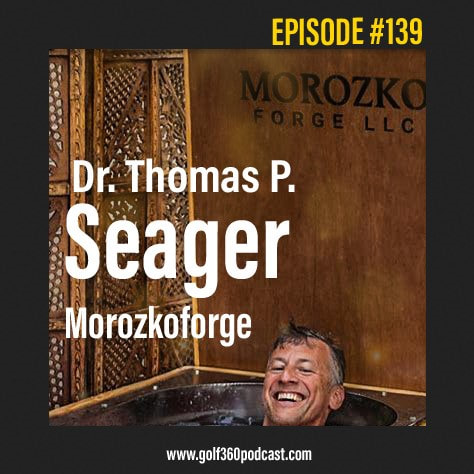
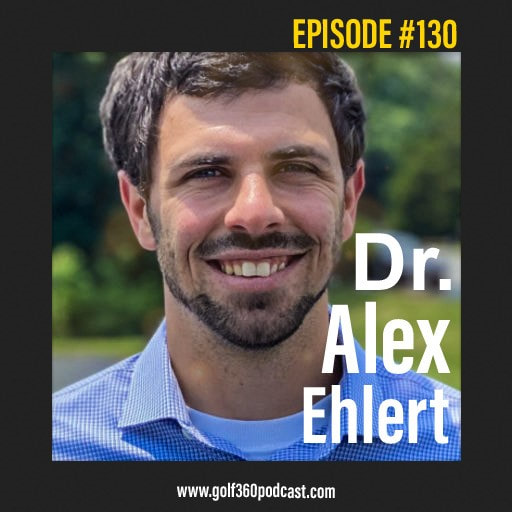
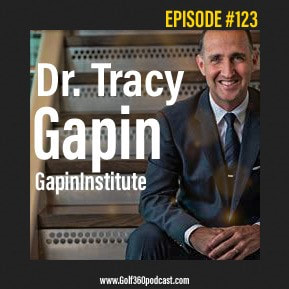



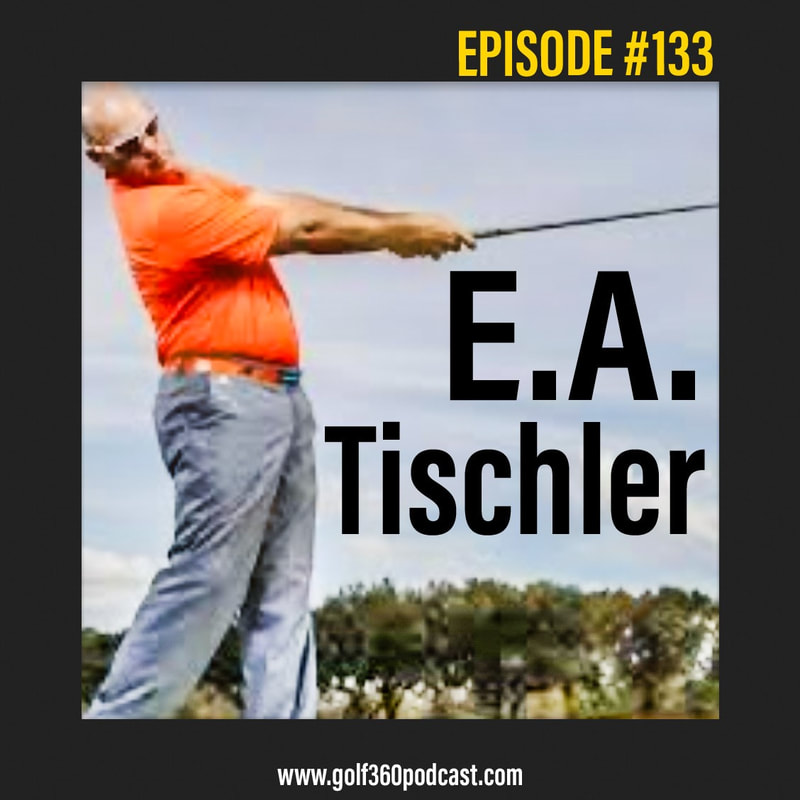

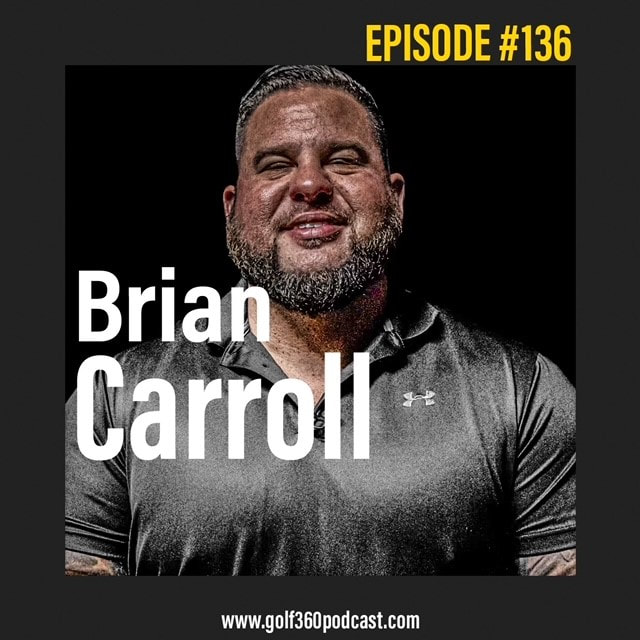

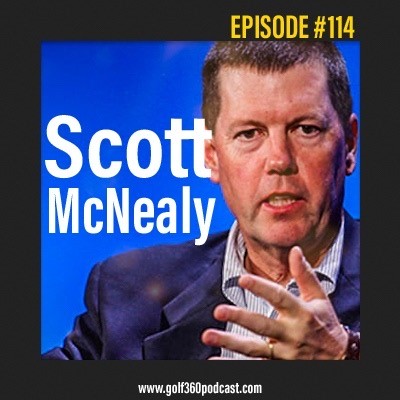
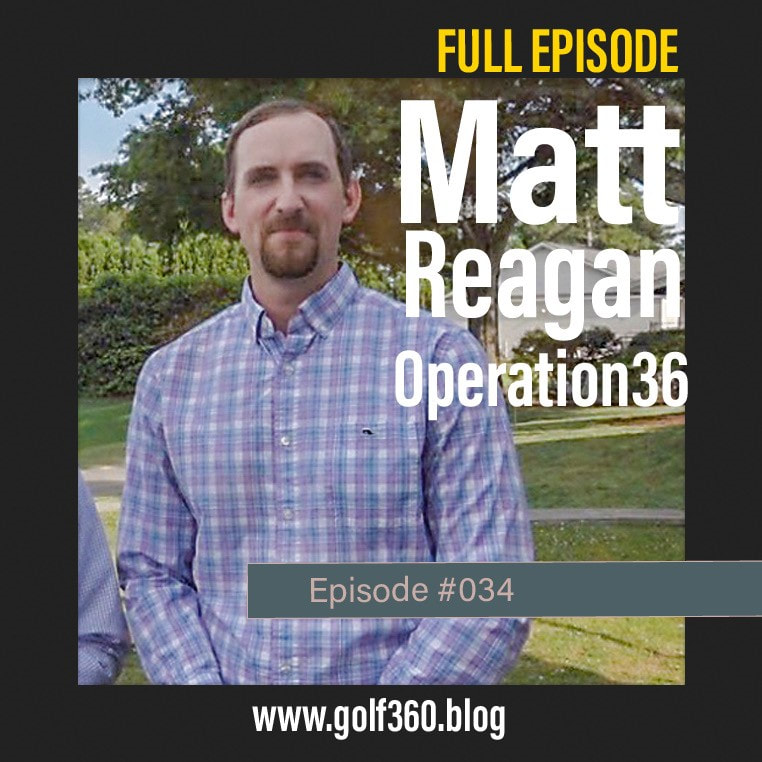



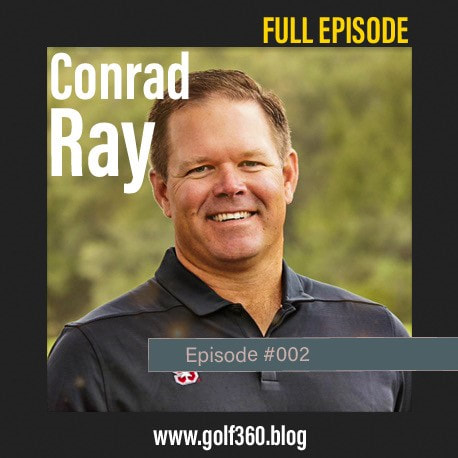
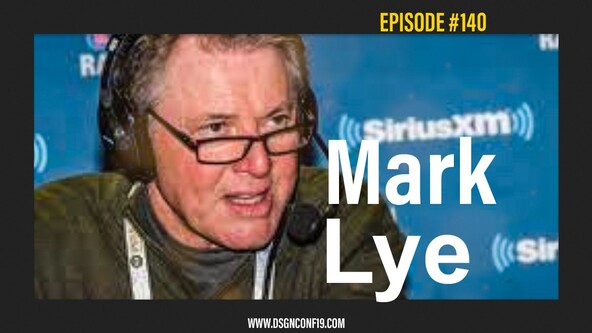
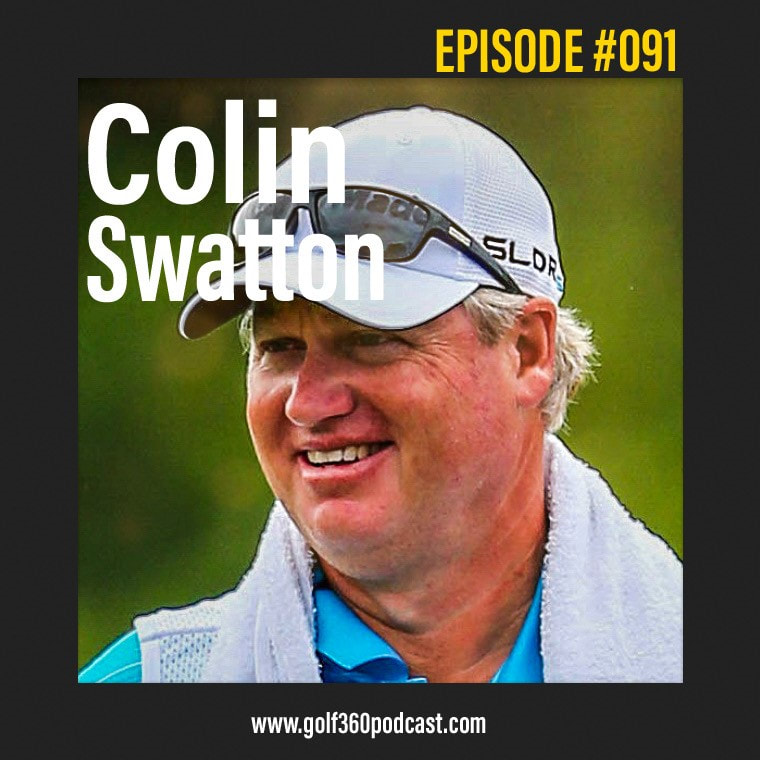
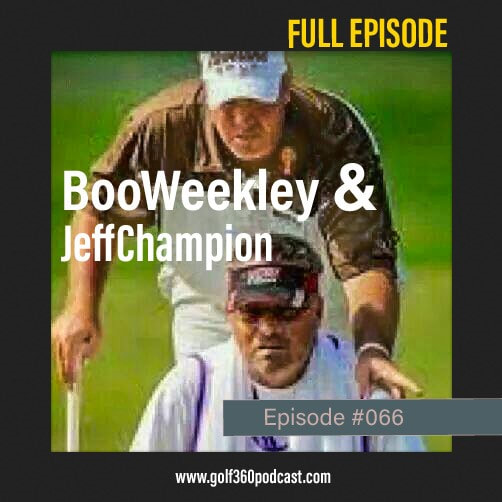
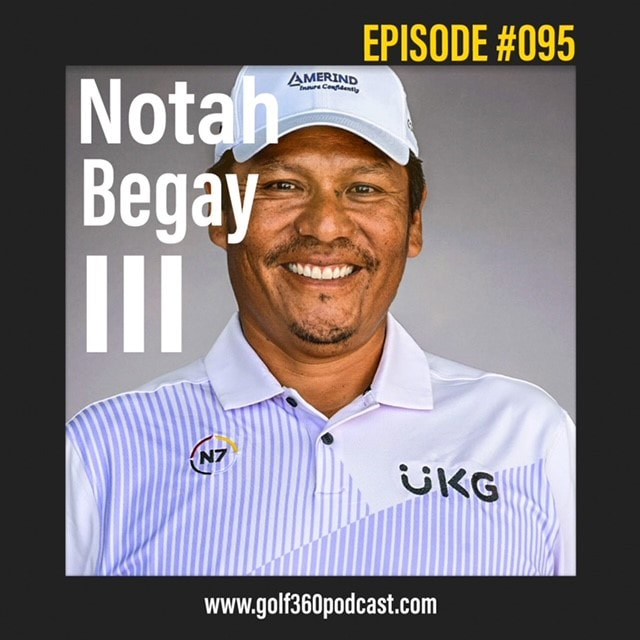
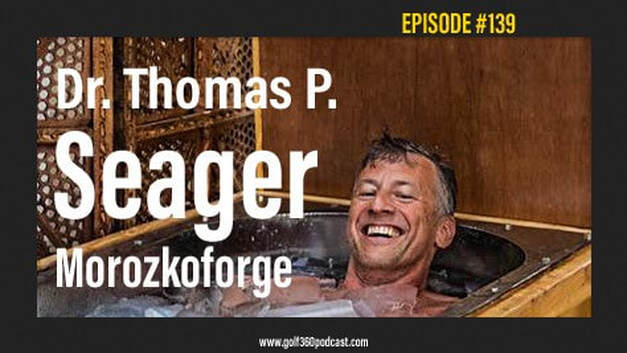
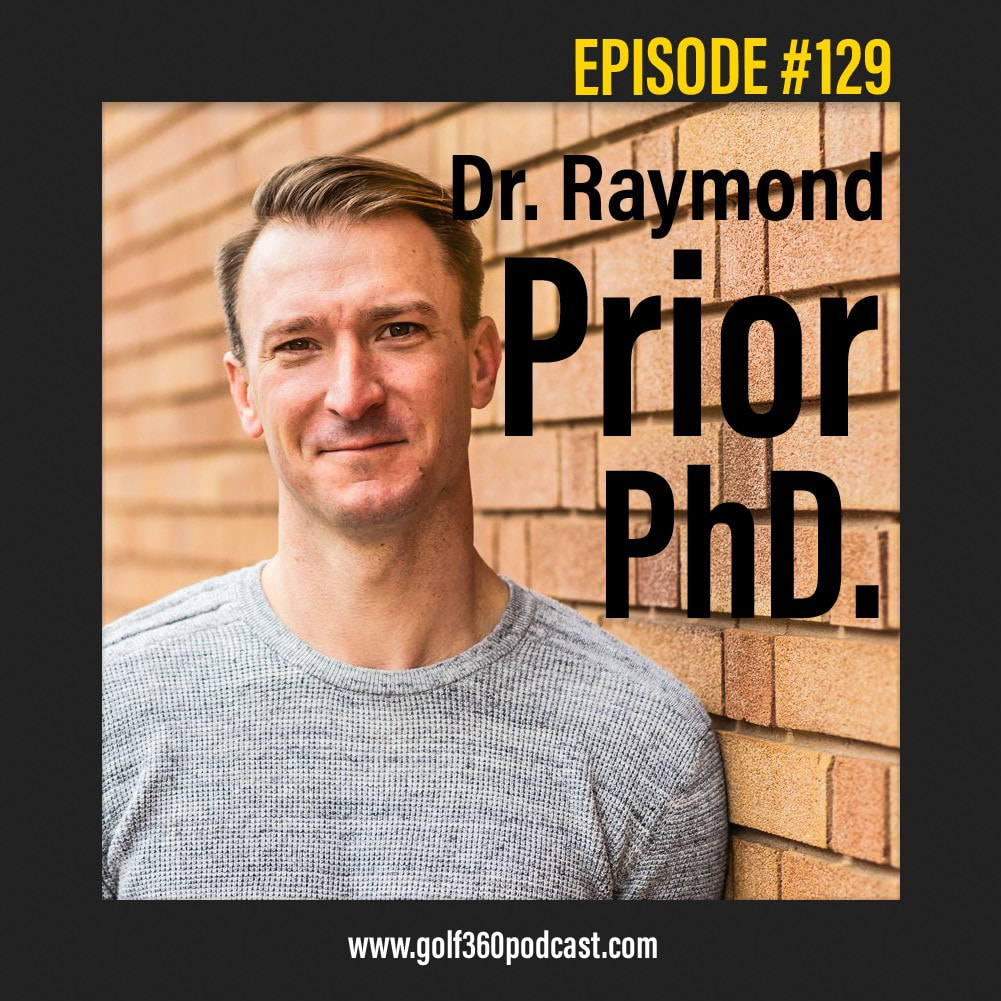
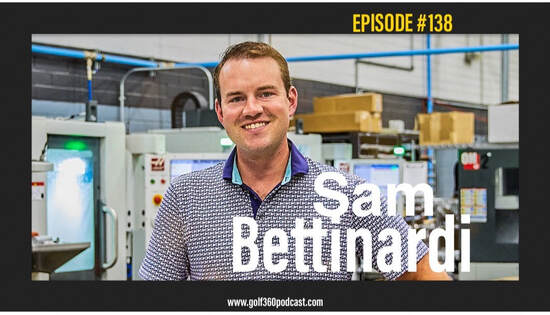


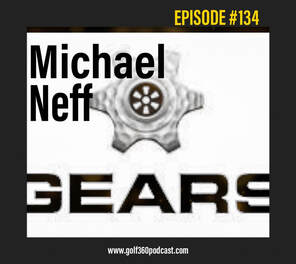
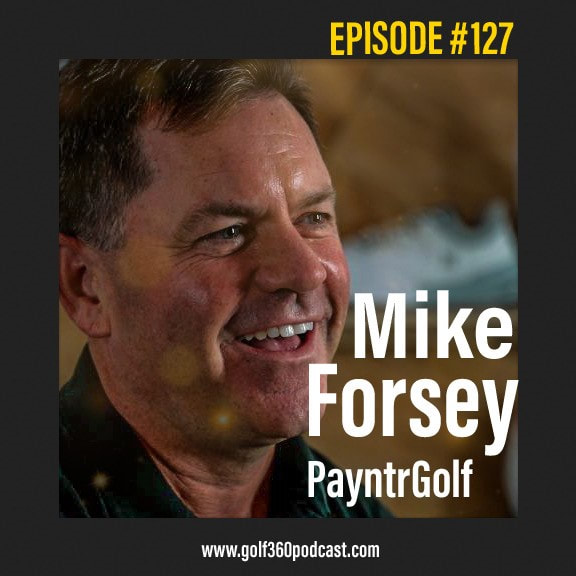

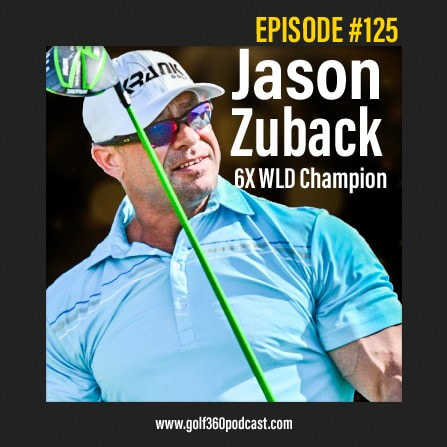
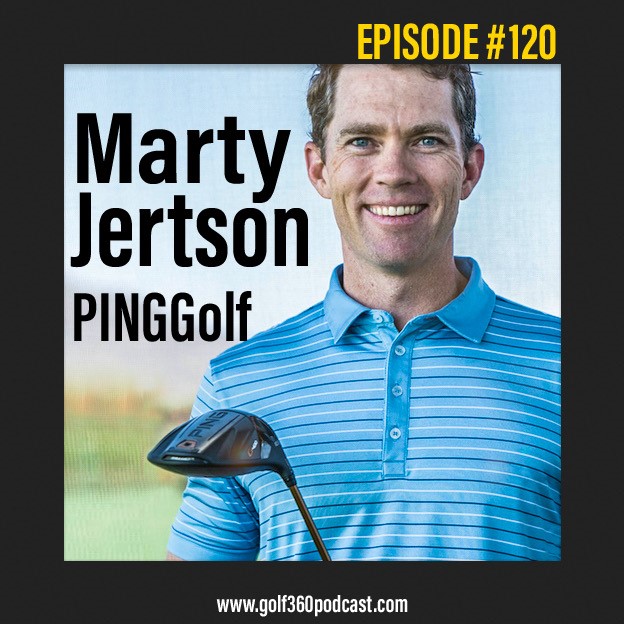
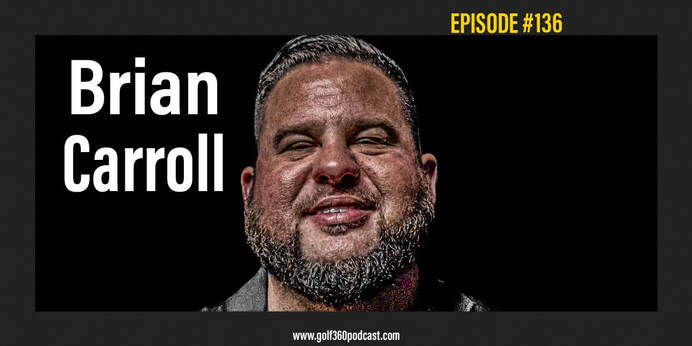

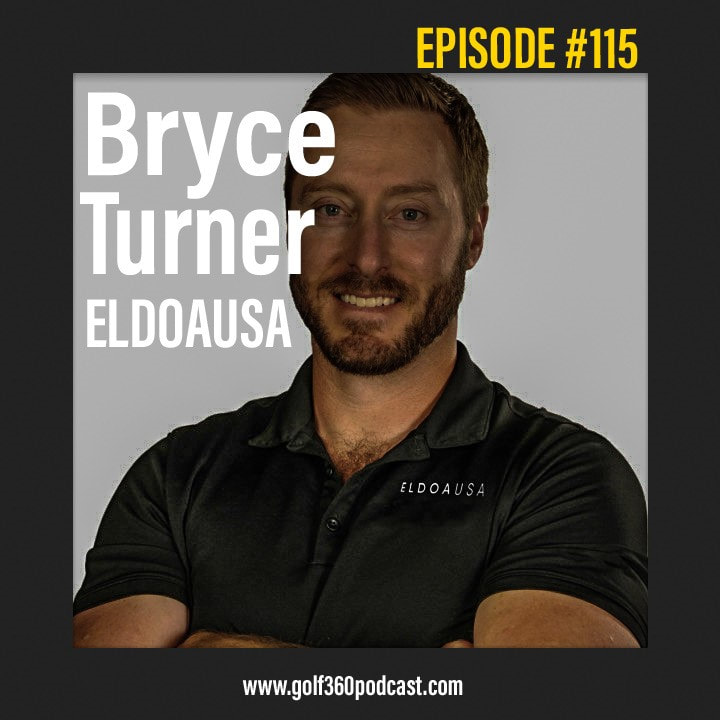
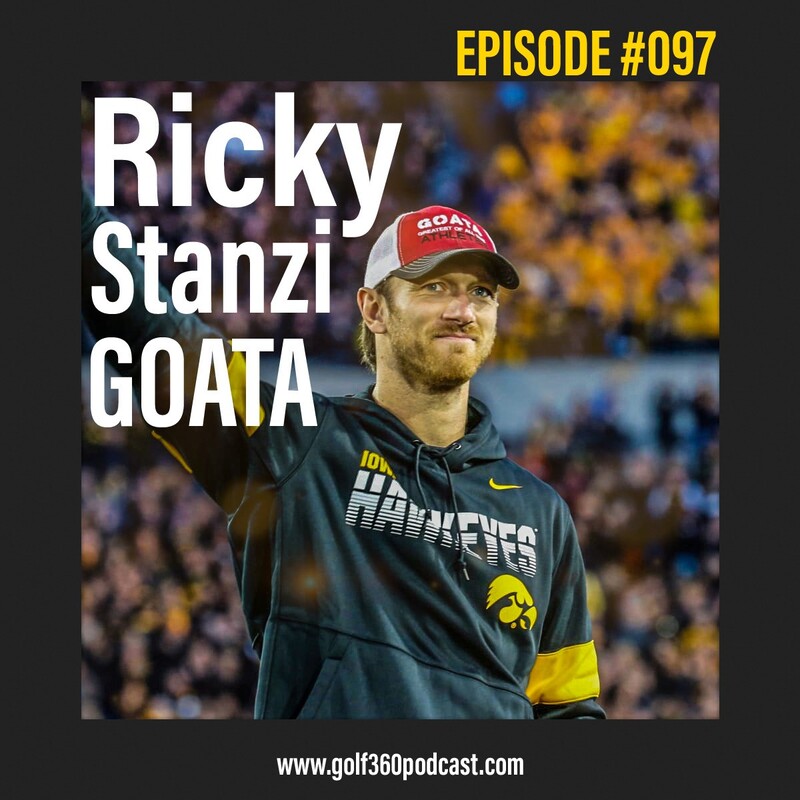
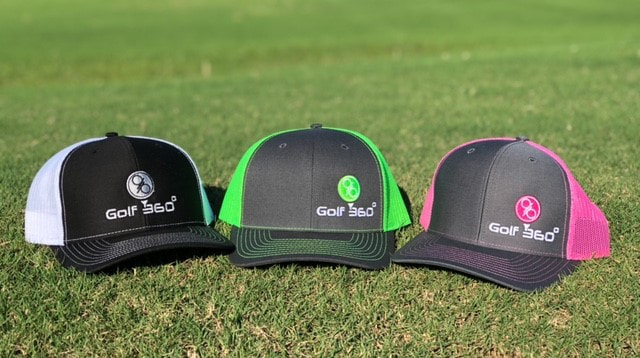
 RSS Feed
RSS Feed

